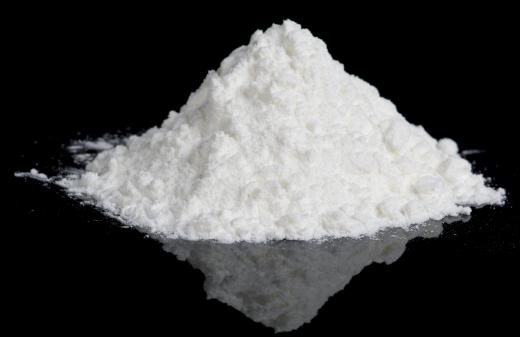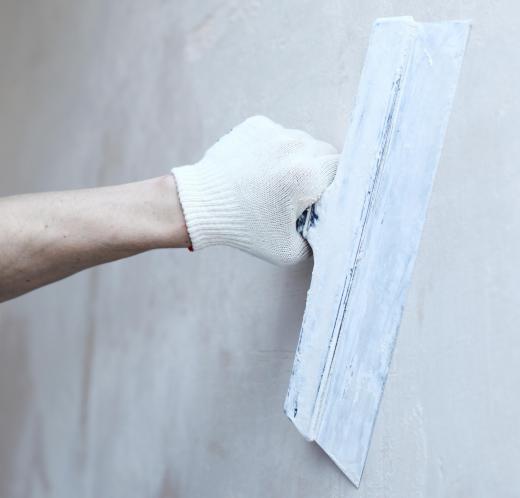In home construction, lath and plaster is technique for constructing interior walls that uses small planks of wood and plaster to form the wall. The term is used interchangeably with plaster and lath. The wood planks, typically cedar, are known as the lath, and are attached to a frame of 2x4s, with small nails and little spaces in between the boards. Wet plaster is then applied, typically in one to three coats, where it hardens to form the wall.
Lath and plaster was a very common form of wall construction during the first part of the 20th century. Drywall became the technique to rival lath and plaster, but drywall did not really catch on in the mass construction market until World War II. At that point, the economics began to favor drywall to a greater degree, and eventually drywall became the dominant technique in the marketplace.

Still, despite the popularity of drywall in more recent decades, lath and plaster can offer durability for many years, and is still occasionally used in some custom constructions or resotrations. Typically, once the materials do start to break down or a wall needs to be opened, it is replaced with drywall. Many older homes still have walls with plaster and lath, and it continues to offer a serviceable wall surface. In some cases, it may be possible to make simple repairs to the plaster with a modern joint compound, but it depends on the extent of the damage.

One of the key stabilizing influences to this construction technique is the hold created between the lath. The plaster squeezes through the thin space, approximately one-quarter of an inch (6 millimeters), between the boards. Gravity forces the plaster to droop down after going through the opening, thus creating a firm hold onto the lath after it hardens. As long as these hooks, or "keys", as they are known, stay in place, the wall will remain stable. Once they start to break off, the plaster will begin to crack and will need repair.
The longevity of lath and plaster varies depending on the quality of the construction, the layers applied, and what, if anything, was applied on top of it. Wallpaper tends to protect the plaster, but can also help hasten the breaking down of the material when it is removed. Therefore, many who have wallpapered tend to keep the wallpaper, or paint over the wallpaper instead of removing it. Some walls with plaster and lath have been known to last several hundred years.
The choice of lath and plaster is typically a personal one, and generally is not one that is chosen for new construction. Some may choose to keep the technique in place and repair existing walls, rather than replacing with drywall. They may do this because of the natural texture of the walls, or because it matches the character of a home better.
